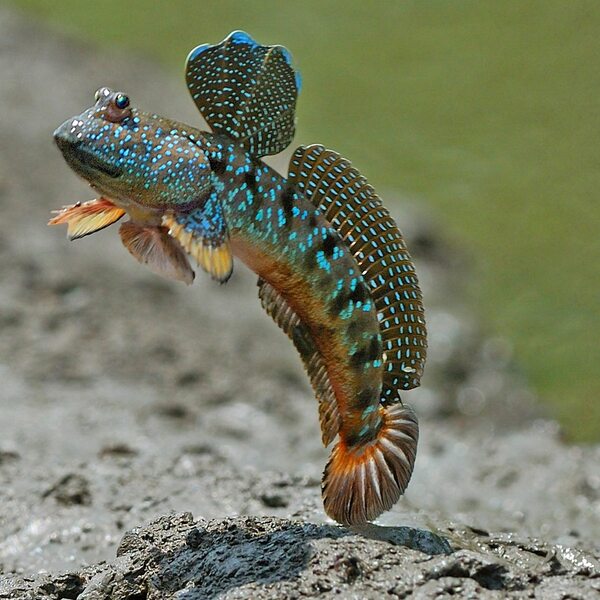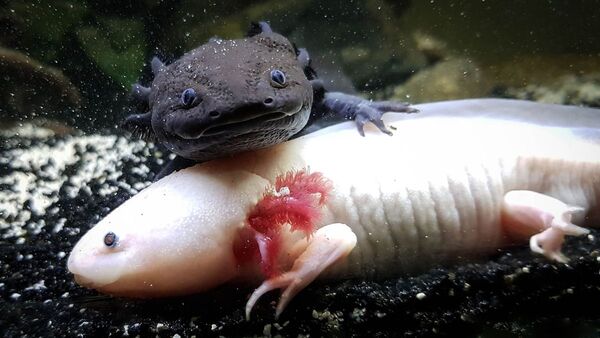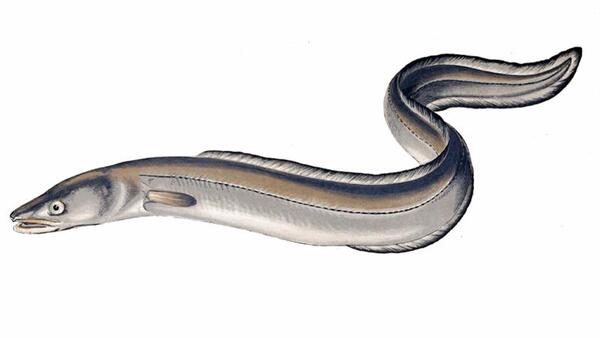When we think about fish, we often picture them swimming gracefully through the water, but some fascinating species have taken a leap—literally—into a more terrestrial lifestyle! These remarkable fish have evolved legs that not only allow them to navigate on land but also to find and taste buried food. Let’s dive into the unique adaptations of these extraordinary creatures.
Mudskippers are the stars of the show when it comes to fish that have evolved to live both in water and on land. These amphibious fish have pectoral fins that have developed into robust, leg-like appendages. This adaptation allows them to move across mudflats and beaches with ease.
Mudskippers can spend long periods out of water, using their modified fins to "walk" on land. Their skin also helps them retain moisture, making them well-suited for a terrestrial lifestyle. But what’s really intriguing is their ability to taste their surroundings! Mudskippers have taste buds not only in their mouths but also on their skin, allowing them to detect food sources buried in the mud.

While not traditionally known for walking on land, axolotls are another fascinating species to consider. These unique salamanders are often mistaken for fish due to their aquatic nature and gills. They primarily dwell in lakes and canals, but their sensory adaptations help them locate food in the substrate.
Axolotls use their sensitive skin and external gills to detect food in their environment. They can burrow into the substrate and hunt for worms, small crustaceans, and insects, using their keen sense of smell and taste to identify their meals.

Eels, particularly the European eel and American eel, may not have legs in the traditional sense, but their elongated bodies and fins allow them to navigate through mud and silt effectively. They are expert burrowers and often hunt for prey that is hidden beneath the surface.
Eels possess taste buds along their bodies, enabling them to "taste" their environment as they swim. This ability helps them locate buried food like crustaceans and other small animals, making them effective hunters in murky waters.

Another remarkable example is the toadfish. Found in coastal regions, these fish have adapted to life in shallow waters and muddy environments. Toadfish are known for their ability to produce sounds and their unique body structure.
Toadfish can use their flattened heads and sensitive barbels to locate prey buried in the mud. They are equipped with taste receptors that help them detect food, making them efficient hunters in their habitat.

The evolution of fish with legs or leg-like appendages highlights nature's incredible adaptability. From mudskippers walking on land to eels burrowing through mud, these species have developed unique strategies to locate and taste buried food. Their fascinating adaptations remind us of the diversity of life on our planet and the endless possibilities of evolution.
So next time you think about fish, remember these remarkable creatures that have made the leap onto land and into the mud, showcasing the wonders of adaptation and survival!
animal tags: fish
We created this article in conjunction with AI technology, then made sure it was fact-checked and edited by a Animals Top editor.